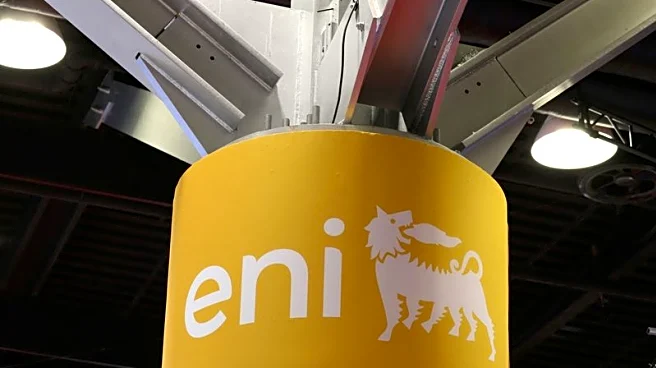What is the story about?
What's Happening?
Researchers at Lawrence Livermore National Laboratory have made a significant breakthrough in quantum computing by achieving 98% quantum control using miniaturized ion traps. This advancement was made possible through high-resolution 3D printing technology, which allows for rapid prototyping of new geometries. The miniaturized ion traps combine the stability of traditional 3D traps with the scalability of planar designs, enhancing the performance of quantum systems and accelerating the prototyping process.
Why It's Important?
This development is crucial for the future of quantum computing, as it addresses the longstanding tradeoff between scalability and performance in ion traps. By achieving high fidelity and stable ion positions, the technology promises to enhance quantum systems' performance across various domains, including computing and precision measurement. The ability to rapidly prototype new designs could lead to faster advancements in quantum technology, potentially impacting industries reliant on high precision and computational power.
What's Next?
The team plans to further reduce noise and integrate electronics onto chips to enhance performance. This could lead to more compact and efficient quantum systems. The expanded design possibilities offered by 3D printing will enable researchers to optimize and miniaturize ion traps, potentially revolutionizing quantum hardware design.
Beyond the Headlines
The use of 3D printing in quantum computing highlights the potential for rapid technological advancements. This could lead to ethical considerations regarding the accessibility and control of quantum technology, as well as its integration into everyday life.
AI Generated Content
Do you find this article useful?














